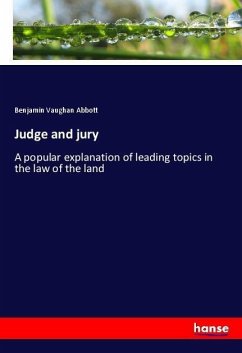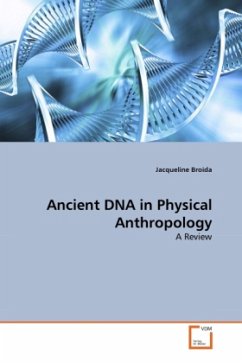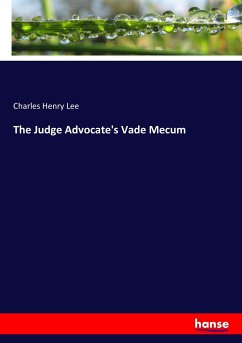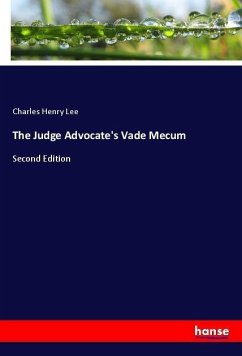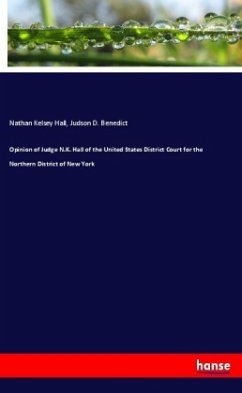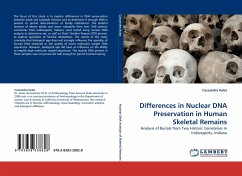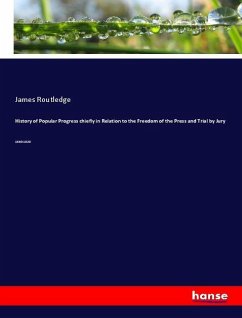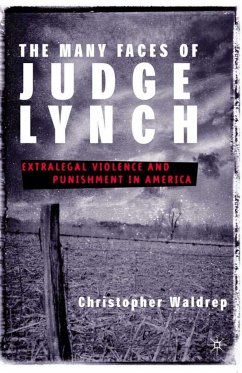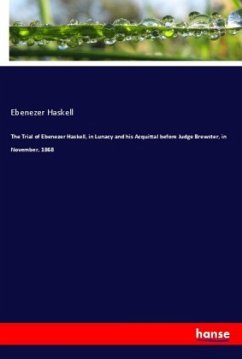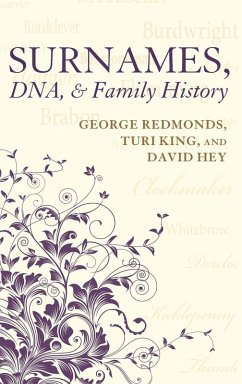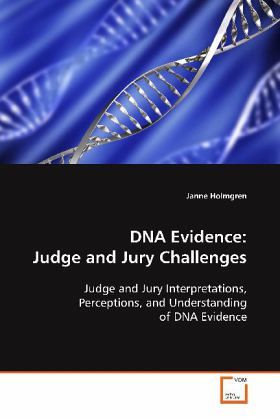
DNA Evidence: Judge and Jury Challenges
Judge and Jury Interpretations, Perceptions, and Understanding of DNA Evidence
Versandkostenfrei!
Versandfertig in 6-10 Tagen
52,99 €
inkl. MwSt.

PAYBACK Punkte
26 °P sammeln!
The rapid advancement of DNA techniques has turned courtrooms into scientific forums. The principal aim of this dissertation, from a Canadian perspective, was to evalute how judges and jurors interpret, perceive, and understand DNA evidence. In order to address this research question, a multi-method design was adopted consisting of the following: three separate focus groups (consisting of jury eligible persons, defence lawyers, and Crown prosecutors); seven in-depth interviews with Court of Queen''s Bench Justices; 500 jury eligible surveys; and a mock scripted murder trial. The data suggests ...
The rapid advancement of DNA techniques has turned
courtrooms into scientific forums. The principal aim
of this dissertation, from a Canadian perspective,
was to evalute how judges and jurors interpret,
perceive, and understand DNA evidence. In order to
address this research question, a multi-method
design was adopted consisting of the following:
three separate focus groups (consisting of jury
eligible persons, defence lawyers, and Crown
prosecutors); seven in-depth interviews with Court
of Queen''s Bench Justices; 500 jury eligible
surveys; and a mock scripted murder trial. The data
suggests that jurors assign greater weight to DNA
evidence than they do other types of evidence.
Several recommendations unfolded as a result of this
research: the encouragement for jurors to take
notes, which includes providing jurors with note
books; encouragement by judges to allow written
questions from jurors; recognition of individual
learning styles including providing sworn jurors
with a learning style survey; making the courtroom a
more comfortable learning environment; and the
allowance for real jury research in Canada.
courtrooms into scientific forums. The principal aim
of this dissertation, from a Canadian perspective,
was to evalute how judges and jurors interpret,
perceive, and understand DNA evidence. In order to
address this research question, a multi-method
design was adopted consisting of the following:
three separate focus groups (consisting of jury
eligible persons, defence lawyers, and Crown
prosecutors); seven in-depth interviews with Court
of Queen''s Bench Justices; 500 jury eligible
surveys; and a mock scripted murder trial. The data
suggests that jurors assign greater weight to DNA
evidence than they do other types of evidence.
Several recommendations unfolded as a result of this
research: the encouragement for jurors to take
notes, which includes providing jurors with note
books; encouragement by judges to allow written
questions from jurors; recognition of individual
learning styles including providing sworn jurors
with a learning style survey; making the courtroom a
more comfortable learning environment; and the
allowance for real jury research in Canada.



